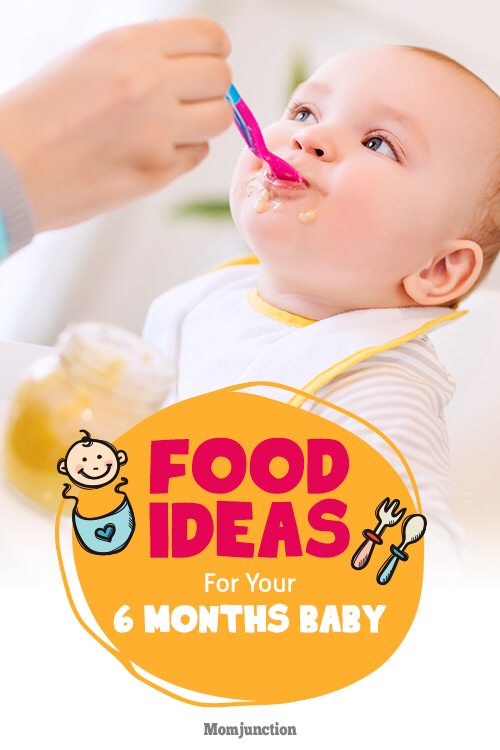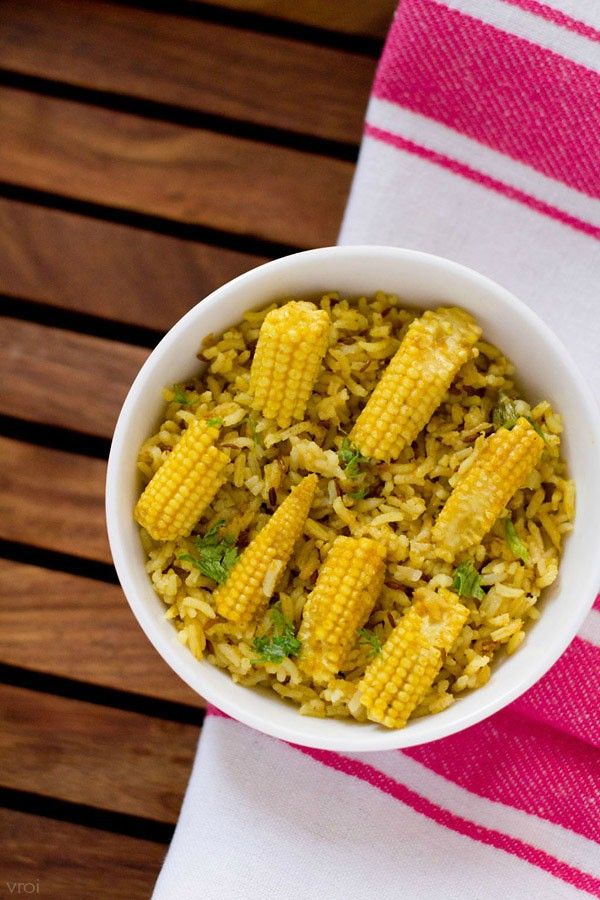Vitamix and baby food
Transforming Meals into Baby Food Purées
- sustainable,
- nutrition,
- leftovers,
- healthy,
- food-storage,
- filtration-bag,
- family,
- budget,
- baby,
- asparagus
BY: VITAMIX
You can't put a price on the satisfaction derived from feeding and nurturing your little one with fresh, unprocessed food. Of course, making your own baby food is less expensive than buying commercial baby food, but doubly so when you set aside a portion of a family meal for the purées. Vitamix machines process hard-to-blend-textures, such as celery, chicken and asparagus, with ease. Here are some ideas for transforming meals into fresh baby food purées.
Advantages
Commercial baby food's convenience comes at a cost: it contains additives and undergoes extensive heating, which decreases nutrients, in order to increase shelf life.
Baby food made from meals you make at home has more nutritional value than commercial products and no additives – you control the ingredients and can increase its shelf life indefinitely by freezing it.
Preparation Tips
- Steam fruits and vegetables before blending them to make them more digestible.
- Purée and freeze in-season vegetables so you don't have to rely on out-of-season options from the supermarket for a certain flavor your baby likes.
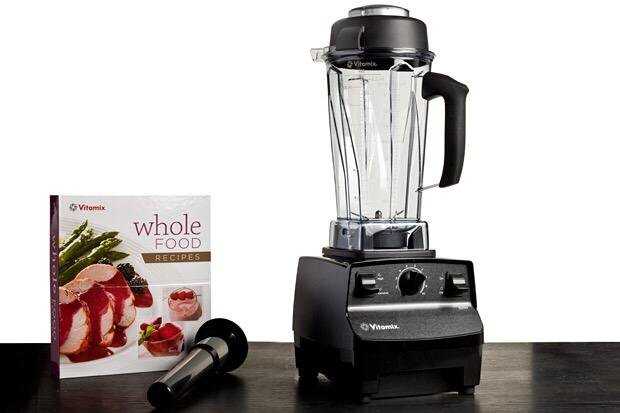 For example, if your baby devours puréed squash and yams, purée and freeze them in fall and serve them in spring.
For example, if your baby devours puréed squash and yams, purée and freeze them in fall and serve them in spring. - A few drops of lemon juice in each batch of fruit or vegetable purée prevents browning.
- Adjust the consistency of the purées as needed with purified water.
- To smooth out fibrous or grainy purées, pass them through a mesh strainer lined with cheesecloth or filtration bag.
Food and Flavor Combinations
Babies have simple, undeveloped palates and don't respond well to salty, spicy additions – nor can they appreciate them. But keeping it simple doesn't mean you should settle for boring. Mix and match unseasoned whole foods to entice and develop your little one's burgeoning palate.
Make a homemade vegetable-chicken blend by processing diced chicken, and steamed carrots and kale. Combine carrots, potatoes, tomatoes, celery, beef and parsnips for a nutrient-packed baby beef stew.
To add a little fiber and whole grains to your baby's diet, go with brown rice. A blend of steamed tomatoes and brown rice makes a savory combination that fills your baby's belly without overworking it.
A blend of steamed tomatoes and brown rice makes a savory combination that fills your baby's belly without overworking it.
Everyone loves a good smoothie, so why not your little one? Recreate a classic red smoothie by blending 1 part each of apples and bananas with 2 parts each of yogurt, strawberries and raspberries. For a banana-mango version, combine 2 parts each of yogurt, banana and mango with 1 part each of apples and apricots.
Storing Homemade Baby Food
For easy storage, portion puréed leftovers into ice cube trays and freeze. Then pack the individual portions into heavy-duty freezer bags. For refrigerator storage, portion the purées into baby-food containers and keep them up to three days.
Related Articles
A Quick Guide to the Perfect Blend
Follow these quick tips for the perfect blend.
Quick and Easy Blender Recipes for Every Meal of the Day
These quick and easy blender recipes will help you prepare healthy meals from breakfast through dinner and in-between snacks.
Baby Food Recipes
Discover just how easy it is to make fresh, homemade baby food.
How to Make Homemade Baby Food in a Power Blender
By Shannon Hoglund / 12 Comments
2921 shares
Most homemade baby food in a blender only requires 2 ingredients.
- Choose the first ingredient (the flavor) and add to blender: carrots, peas, pears, etc. If the ingredient is a vegetable, it must be steamed prior to blending.
- Add the second ingredient to blender: water, formula, or breast milk. Where the recipe calls for water, a formula/water mixture may be substituted. (Do not add formula in powder form).
- Blend until desired consistency is achieved.
Who knew that making your own fresh homemade baby food in a Vitamix or Blendtec blender could be so EASY?
Every parent wants to provide their baby with the best nutrition, so what better way than to make your own baby food.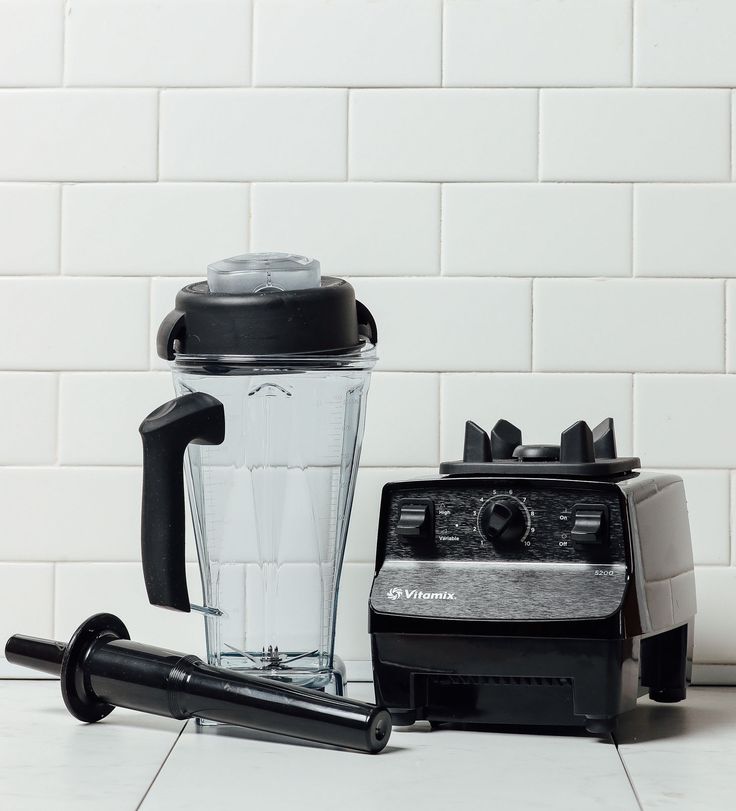
It’s much easier on your wallet (even more so when comparing to organic baby food) AND you get to control what you put in your baby’s body.
You don’t have to be a gourmet chef or have tons of free time to do it either!
Let’s face it, life is busy, especially when you throw kids into the mix! With little prepping, let your high powered blender do the work for you!
Your healthy pureed baby food can last refrigerated for 3-4 days or up to 3 months in your freezer, saving you time during mealtimes since all you have to do is pull it out, thaw, and heat for your sweet little one!
Blender Babes recommends using organic fruits and vegetables when possible.
BABY FOOD IN A BLENDTEC:- Choose 2 cups of one or more ingredients and prepare accordingly. Place into the Blendtec container along with 1/4 cup (60 ml) water, formula or breast milk and secure lid.
- For most puree foods, push the SPEED UP button until blender reaches speed 4.
 Allow the blender to run for 15 seconds and then press the PULSE or “X” button to stop. If mixture is too thick, remove the lid and add additional water, formula or breast milk, 1/4 cup (60 ml) at a time. Continue blending to achieve desired consistency.
Allow the blender to run for 15 seconds and then press the PULSE or “X” button to stop. If mixture is too thick, remove the lid and add additional water, formula or breast milk, 1/4 cup (60 ml) at a time. Continue blending to achieve desired consistency. - Serve immediately or freeze excess baby food in ice cube trays.
- Choose 2 cups of one or more ingredients and prepare accordingly. Place into the Vitamix container along with 1/4 cup (60 ml) water, formula or breast milk and secure lid.
- Select Variable 1.
- Turn machine on and slowly increase to variable 4. Increase speed as needed, depending on ingredients used, to achieve the desired consistency.
- Blend for 20-30 seconds. If mixture is too thick, remove the lid plug and add additional water, formula or breast milk, 1/4 cup (60 ml) at a time through the lid plug opening. Continue blending to achieve desired consistency.
- Serve immediately or freeze excess baby food in ice cube trays or baby food storage containers.

Tip from the Moms in our Blender Babes Tribe:
To get more nutrients, use the cooking water when blending, unless you are making pureed carrots.
If you are making carrots, do not reserve any left over water to use for thinning out the carrots if baby is under 8 months old as Nitrates may seep into the cooking water.
When making batches of baby food for freezing, only use freshly-expressed breast milk – never use frozen breast milk that has been thawed.
Please consult your child’s pediatrician for specific nutritional requirements and when to introduce solids.
Carrot Baby Food Recipe Tutorial Using a Vitamix!
Banana Baby Food Recipe Tutorial Using a Blendtec!
Note: The Blender Babes now wear activewear.
Vitaminix (Vitaminix)
Rating: 4.57 / 5 (7)
Multivitamin, multimineral complex with iodine in the form of syrup for children over 4 years old, containing natural fruit juice - black currant.
Syrup 150ml
Instructions for use
For more information you need Enter or register
Instructions for use
* Suitable for children from 4 to 10 years old.
* Contains sugar and sweetener.
Product content:
| Active ingredient | Quantity (mg / 10 ml) | % BRD |
| Blackcurrant | 295 mg | - |
| Vitamin C | 70 mg | 87.5 |
| Vitamin B3 | 10 mg NE | 62.5 |
| Vitamin E | 8 mg a-TE | 66.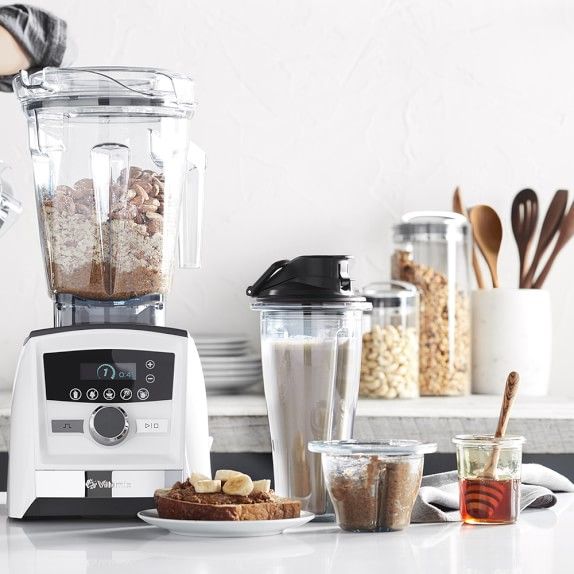 66 66 |
| Zinc | 5 mg | 50 |
| Vitamin B5 (pantothenic acid) | 4 mg | 66.66 |
| Manganese | 1 mg | 50 |
| Vitamin B2 (riboflavin) | 0.9 mg | 64.28 |
| Vitamin B1 (thiamine) | 0.8 mg | 72.72 |
| Vitamin B6 (pyridoxine) | 0.5 mg | 35.71 |
| Vitamin A | 400 µg RE | 50 |
| Folic acid | 300 mcg | 150 |
| Chrome | 80 mcg | 200 |
| Molybdenum | 75 mcg | 150 |
| Iodine | 75 mcg | 50 |
| Selenium | 45 mcg | 81. 82 82 |
| Vitamin K | 20 mcg | 26.66 |
| Biotin | 15 mcg | 30 |
| Vitamin D | 10 mcg | 200 |
| Vitamin B12 (cobalamin) | 1.5 mcg | 60 |
Recommended daily intake:
It is recommended to take 10 ml once a day after meals.
Warnings:
Complementary foods cannot replace normal meals. Do not exceed the recommended daily dosage.
Not a drug. Not used to prevent or treat disease. Consult your physician during pregnancy and lactation, and if you are ill or taking medication.
The drug Vitaminiks (Vitaminix) buy in Moscow, buy in St. Petersburg and other Russian cities is problematic. We are ready to help you find Vitaminix (Vitaminix) at an affordable price with delivery as soon as possible.
We are ready to help you find Vitaminix (Vitaminix) at an affordable price with delivery as soon as possible.
Before you buy Vitaminiks (Vitaminix) be sure to consult your doctor!
Where to buy Vitaminiks (Vitaminix) at a low price? Vitaminix (Vitaminix) instructions for use. Vitaminix (Vitaminix) buy with delivery to Frankfurt am Main
*Price based on monitoring. The information provided on the prices of drugs is not an offer to sell or buy goods. The information is intended solely for comparing prices in various pharmacies operating in accordance with Article 55 of the Federal Law "On the Circulation of Medicines" dated April 12, 2010 N 61-FZ.
Baby food without secrets
Children's meat and vegetable canned food is a "lifesaver" for every mother who has started complementary foods for her baby. Moreover, ready-made canned baby food products annually gain an increasing number of supporters among pediatricians, primarily due to the guaranteed control of state epidemiological surveillance over their production.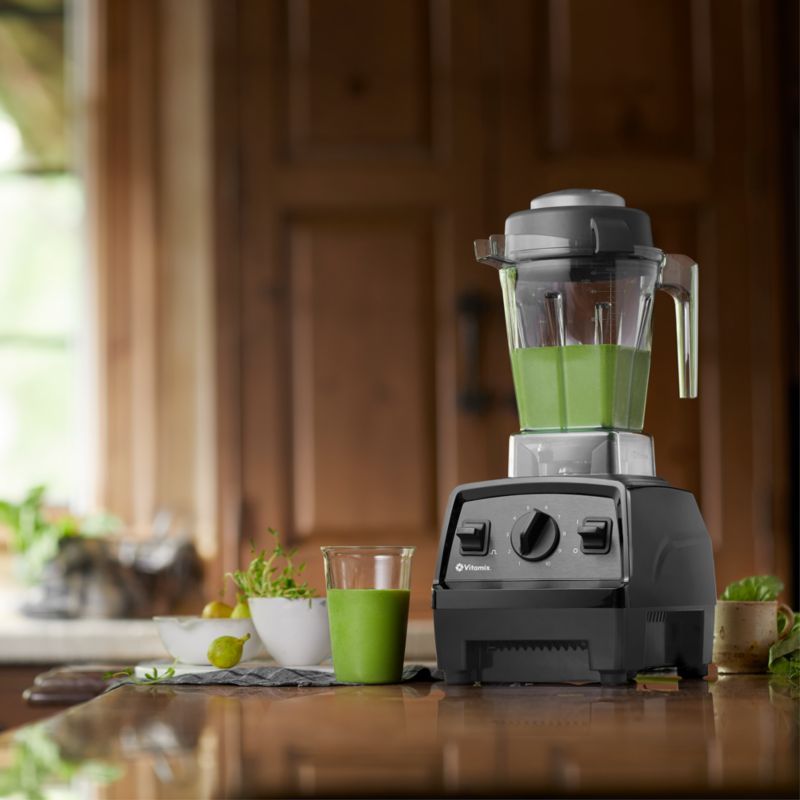 Bribes and the assurance of manufacturers that canned food is made from high-quality, environmentally friendly products grown, harvested, processed and packaged in compliance with all safety standards. Is food from jars as healthy as advertised in commercials?
Bribes and the assurance of manufacturers that canned food is made from high-quality, environmentally friendly products grown, harvested, processed and packaged in compliance with all safety standards. Is food from jars as healthy as advertised in commercials?
Test participants:
1. "Agusha" (vegetables and beef).2. "Grandma's basket" (beef and cauliflower) .3. "Gerber" (home-style beef with carrots).4. Nestle (vegetables with beef) and Semper (beef stew with vegetables).
The first part of consumer testing took place in the Igromania entertainment center, where parents of small children were invited. This part of the test was focused on their assessment of the appearance of the baby food packaging, its labeling and the organoleptic characteristics of the product (color, smell, taste). For the purity of the experiment, the participants were first offered the contents of the jars, and then the jars themselves to study the label.
According to young parents, 1st place was almost unanimously given to "Agusha". The texture of the product was rated as the best for children - neither runny nor thick. A six-month-old kid present at the tasting ate “Agusha” with pleasure, although he usually eats food from jars badly.
The texture of the product was rated as the best for children - neither runny nor thick. A six-month-old kid present at the tasting ate “Agusha” with pleasure, although he usually eats food from jars badly.
Olga: “More like vegetable stew with meat, not meat with vegetables. Meat purees are more pinkish, but here you can see from the color that there are mostly vegetables, and most of all - carrots.
2nd place went to Gerber food.
Irina: “The texture is like after a blender at home. It smells of meat, meat fibers come across and rice is felt. The child really liked it! Great for older kids! The consistency is larger and the meat is in pieces. There are spices in the texture and taste - pepper is added.
3rd place for Semper.
Tatyana: “This food, which is intended for children from 10 months, has a texture for very adult children! All ingredients are reviewed. Everything is very large, and a lot of pepper! For an adult, this is very tasty, but it seems to us that for a 10-month-old baby, such an amount of salt and pepper in the diet is not acceptable. ”
”
4th place - "Grandma's basket".
Ulyana: “By smell, you immediately feel that it contains cauliflower. The child didn’t want to eat it just because of the smell!” Eugene: “I would understand the child if he refused it. The first was much tastier compared to the second. Almost no taste at all. The texture is more uniform compared to the first puree ("Agusha"). Grains of meat are felt more.
5th place for Nestle.
Oksana: “Absolutely no smell and taste. Barely perceptible smell of meat. And the taste is like that of "Grandma's Basket". Natalia: “The grains of meat are visible, but the taste is not felt. Yes, puree is very similar to the second one, only one is denser in texture, and this one is more watery. The most "none" of all."
As usual, we carried out the second part of our test at the Tomsk Regional Veterinary Laboratory, whose experts assessed the nutritional value of the product, as well as the compliance of the contents of baby food jars with the current food safety standards.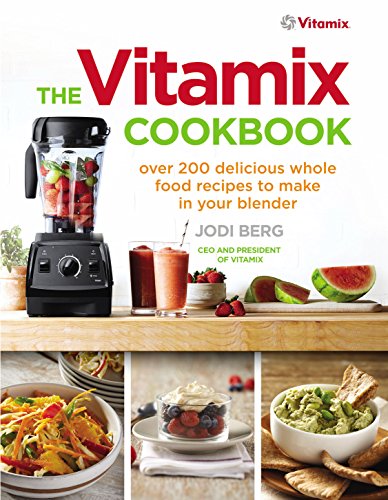
Details
Vegetable-based canned food with meat are ready meals for baby food, which include vegetable components and meat, which in most imported, and in recent years, domestic canned vegetable and meat products is no more than 10-15%.A product manufactured abroad and entering the Russian market must comply with the labeling requirements of national legislation, that is, have information on the label in Russian. A regulatory document that is not indicated on the product label may be indicated in the contract for its supply to Russia - this is a voluntary matter.
The first question related to safety standards arose already at the stage of studying the label. Only two jars out of five were marked with regulatory documents (TU), according to which the consumer can identify the product (“Agusha” and “Babushkino basket”). According to TU, one puree refers to a vegetable and meat product, the other to a meat and vegetable product, although they do not differ much in composition, since meat is listed second on the label after vegetables. But still, according to the classifier, the TU codes are different.
But still, according to the classifier, the TU codes are different.
But other manufacturers of tested baby food did not indicate their regulatory documents, in accordance with which it is possible to identify the product, on the labels. Although it is for them that the consumer must determine whether the composition of the product, its name, purpose, guaranteed indicators of quality and safety, including the content of vitamins, amino acids and minerals, correspond to those indicated on the package.
Sterilization versus preservatives
The analysis of food safety carried out in the laboratory (heavy metals, nitrates, the presence of GMOs) did not reveal any deviations, as did the microbiology test in 2 selective samples. There are no complaints about these indicators for all 5 products, which was to be expected, because all samples are sterilized products. Sterilization takes place at a temperature of over 100 degrees, in particular, canned meat and vegetable products are sterilized at a temperature of 113 to 135 degrees for a certain time, which is set depending on the feedstock and production technology, the field of which in such a product all microorganisms and their spores are destroyed. This process is necessary due to the long shelf life of the product - 2 years. And since preservatives in the production of baby food are excluded, sterilization solves this problem.
This process is necessary due to the long shelf life of the product - 2 years. And since preservatives in the production of baby food are excluded, sterilization solves this problem.
Based on the fact that this is a baby food product, canned food should contain, for its intended purpose, a sufficient amount of proteins, amino acids, minerals with an optimal ratio of calcium, phosphorus, a sufficiently small amount of table salt, an optimal amount of fat in relation to proteins and a sufficient set of vitamins . This is a general requirement for infant formula for young children. The balance of the composition is achieved here due to the presence in the product of beef, leguminous crops, vegetable and butter oils, as well as starch for binding in order to avoid splitting canned food.
With long-term sterilization, all taste indicators of the product naturally decrease, starch and sugar are partially broken down, enzyme activity decreases, and some vitamins are destroyed. Also, as a result of prolonged sterilization, color, smell and taste may change. The most lively, fresh and nutritious canned food for children is one that has a shelf life of up to 1 year. If the period is longer (in all our samples it is 2 years), then such a product is focused more on saturation, and its vitamin and nutritional composition is very weak.
Also, as a result of prolonged sterilization, color, smell and taste may change. The most lively, fresh and nutritious canned food for children is one that has a shelf life of up to 1 year. If the period is longer (in all our samples it is 2 years), then such a product is focused more on saturation, and its vitamin and nutritional composition is very weak.
Details
Vitamins according to SanPinSanPin (sanitary norms and rules) regulates only a part of vitamins - these are B2 (riboflavin), B1 (thiamine), beta-carotene, PP, B3 (niacin). Vitamins A and C are not included in the list.
In accordance with the regulations, these vitamins do not have to be present in the product, moreover, vitamins are not allowed as an additional enrichment of the nutrition of young children. Vitamin balance should be achieved only through the components of the product. That is, in this case, it is young beef. And already to compensate for the amount of proteins, fats and carbohydrates, a composition is selected that optimizes the vitamin and mineral complex of the product.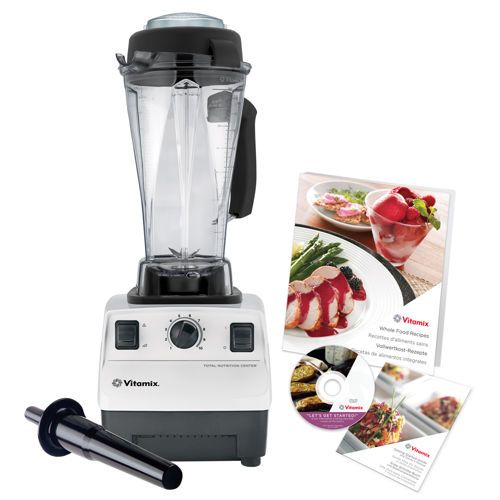 Speaking of vitamins, it should be noted that in natural products it is possible to detect them only in very small doses, and it is generally difficult to find them in processed and sterilized ones.
Speaking of vitamins, it should be noted that in natural products it is possible to detect them only in very small doses, and it is generally difficult to find them in processed and sterilized ones.
Nowhere on the labeling of our 5 samples is it indicated whether vitamins were added additionally. Nevertheless, we decided to check their presence in the puree. The direction of the search for vitamins was suggested by the composition of the product on the label, where, as a rule, carrot puree and cauliflower were listed first. Proceeding from this, a study on vitamins A and C was laid. Only vitamin A was found, which was present in all samples, and in “Agusha” it turned out to be the most. Vitamin C was not found in any of the submitted samples.
It is important to know that according to TU (technical specifications) a product is produced in cases where there is a need to deviate from GOST in technology, or to achieve the final result. According to SanPin, such a product will not cause any complaints, but the underestimation of consumer properties (taste, nutrition) is allowed in TU.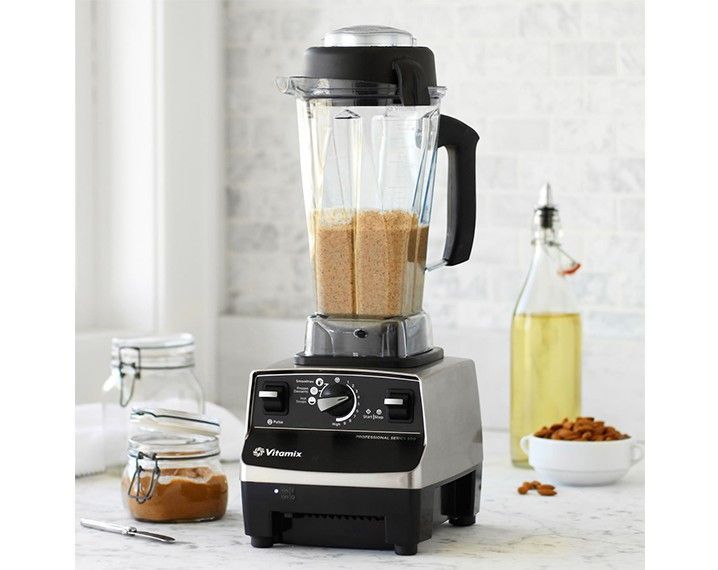 Therefore, if a product is produced according to specifications and at the same time, manufacturers declare on the packaging, for example, the huge benefits of its use for growth, brain development, immunity, and other things, the consumer should be interested in the reliability of this information. How does the manufacturer support such statements? In our case, not a single vitamin is indicated on the label.
Therefore, if a product is produced according to specifications and at the same time, manufacturers declare on the packaging, for example, the huge benefits of its use for growth, brain development, immunity, and other things, the consumer should be interested in the reliability of this information. How does the manufacturer support such statements? In our case, not a single vitamin is indicated on the label.
It turns out that some degree of growth, health improvement, etc. is achieved only due to the composition of the puree. For such indicators, the presence of at least calcium, phosphorus and vitamins in the diet is required. They may be there, but the data on the label absolutely does not imply and is not guaranteed exactly how much they are contained in the product. Thus, if the manufacturer writes about some favorable consequences for the body when using his products, then such information must be confirmed on the label. In our testing, the only thing that is guaranteed on all puree samples is that the product is non-GMO, free of dyes, flavors and preservatives, salt and gluten free.
Label
The labels on food jars are quite informative, they indicate the manufacturer, expiration date. On the labels of imported samples there is a translation of information about the product in Russian.
In Russia, since February 2010, in Decree No. 982, certification of food products has been replaced by mandatory declaration. The mark of confirmation of conformity is obligatory, and it is applied on all jars submitted for the study!
In addition to mandatory declaration, baby food is also subject to mandatory state registration. Only 3 cans have a certificate of it (not on the label of "Agushi" and "Gerber"). This circumstance lowered their scores in the laboratory rating of the studied samples, since the certificate on the label is one of the indicators of confirming the safety of the product.
Lab Rating
In terms of nitrates (which are always found in vegetables and fruits) and vitamins, all the presented samples met the norms (see table), but, nevertheless, the highest nitrate indicator (albeit within acceptable limits) is in Agusha. Agusha has similarly high levels of vitamin A.
Agusha has similarly high levels of vitamin A.
If you build a rating of baby purees participating in testing, then 1st place is given to "Grandmother's basket" , where all the necessary parameters are indicated on the label: GOST, certificate of state registration of baby food, composition, presence of a vitamin-mineral complex, terms validity.
2nd place for Agushi. And if in consumer testing this puree took the 1st place, then in the laboratory it was not given leadership due to the lack of information on the state registration of baby food on the label.
It turns out that the product has not passed the state registration in the bodies of Rospotrebnadzor. It is likely that there is a registration, but it is not acceptable not to indicate such information on the label, especially when it comes to baby food. This is a violation. After all, the consumer must first of all receive all the data about the product from the label.
According to laboratory testing, the remaining samples occupy the same positions, there is no clear distinction in places, all food is approximately the same in quality.








